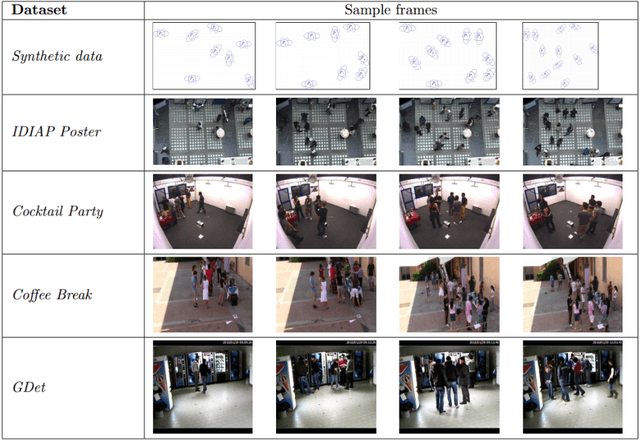F-formation Detection: Individuating Free-standing Conversational Groups in Images
Paper and Code
Sep 09, 2014



Detection of groups of interacting people is a very interesting and useful task in many modern technologies, with application fields spanning from video-surveillance to social robotics. In this paper we first furnish a rigorous definition of group considering the background of the social sciences: this allows us to specify many kinds of group, so far neglected in the Computer Vision literature. On top of this taxonomy, we present a detailed state of the art on the group detection algorithms. Then, as a main contribution, we present a brand new method for the automatic detection of groups in still images, which is based on a graph-cuts framework for clustering individuals; in particular we are able to codify in a computational sense the sociological definition of F-formation, that is very useful to encode a group having only proxemic information: position and orientation of people. We call the proposed method Graph-Cuts for F-formation (GCFF). We show how GCFF definitely outperforms all the state of the art methods in terms of different accuracy measures (some of them are brand new), demonstrating also a strong robustness to noise and versatility in recognizing groups of various cardinality.
 Add to Chrome
Add to Chrome Add to Firefox
Add to Firefox Add to Edge
Add to Edge